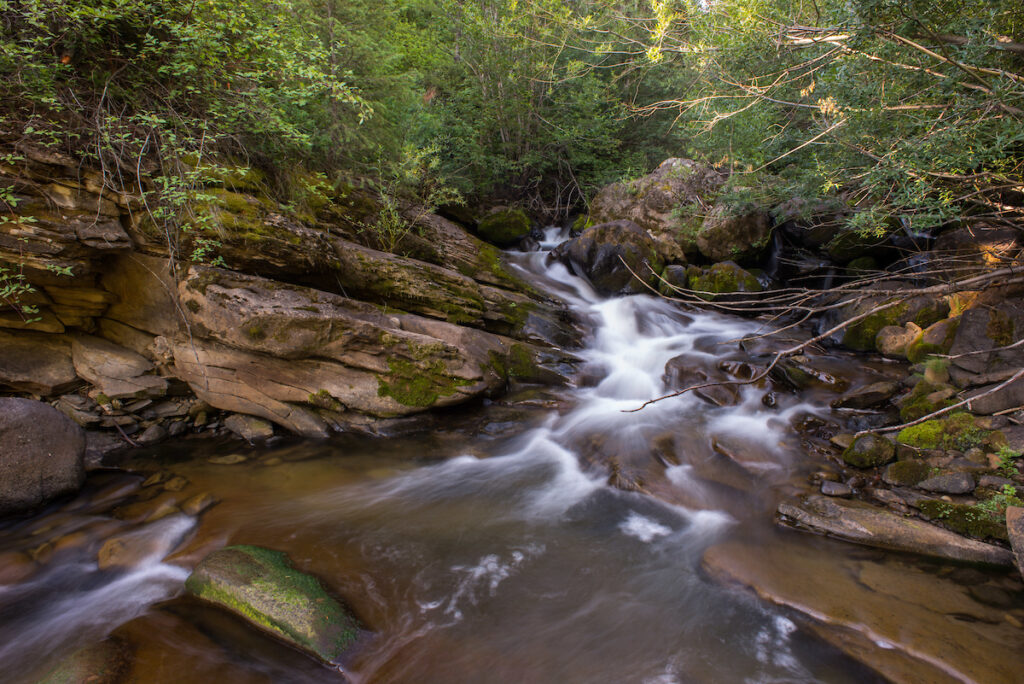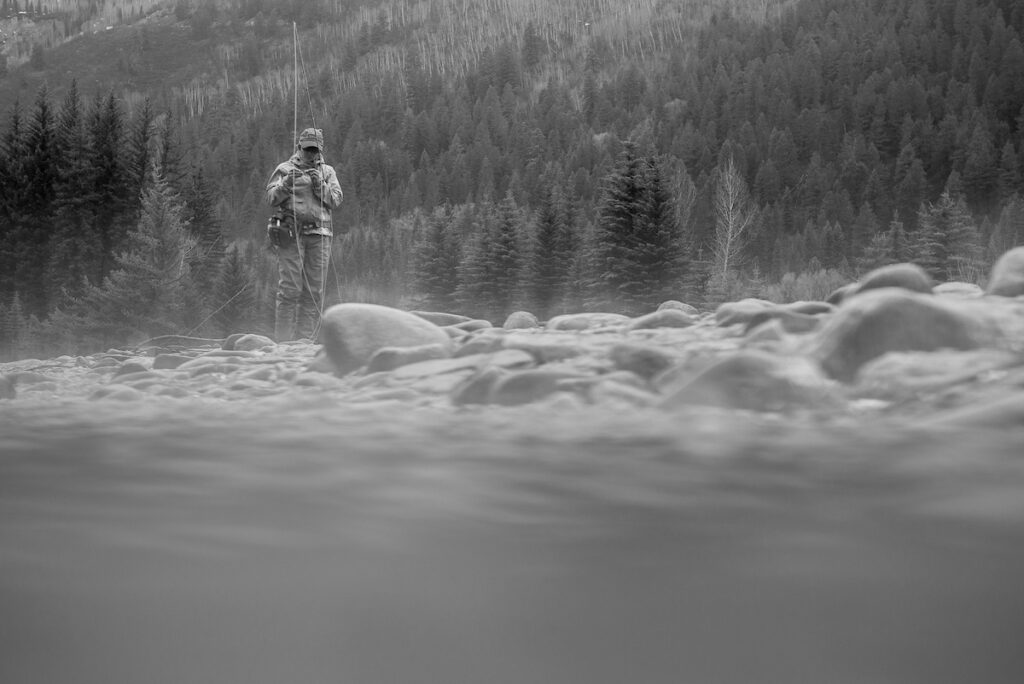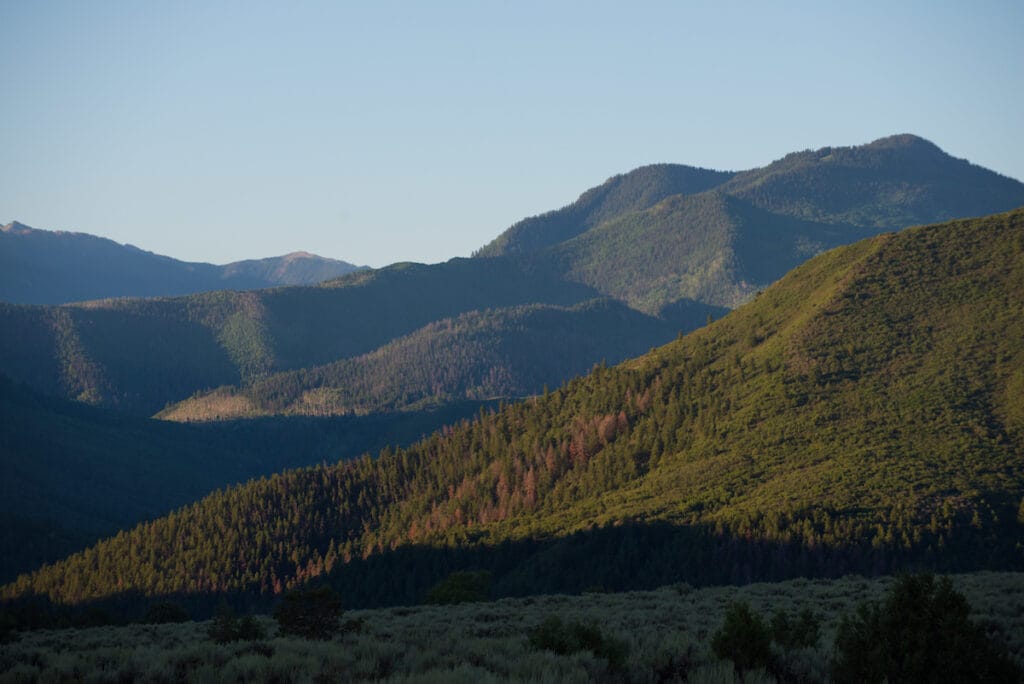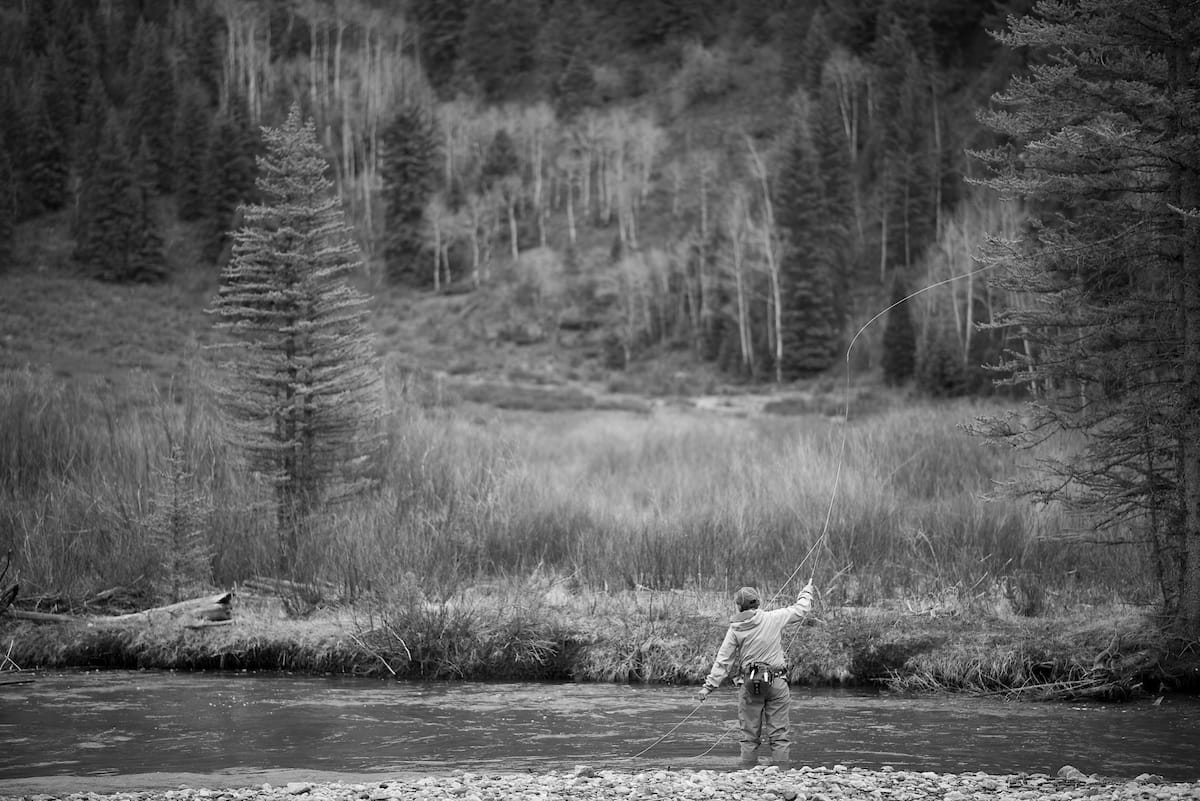Colorado’s Thompson Divide sees a mining development moratorium to the high praise of anglers
Living on Colorado’s Front Range, I consider myself extremely fortunate to have world-class fishing opportunities within an hour of my front door. Nearby Gold Medal fishing waters boast some of the highest trout numbers (and some of the largest trout) in the state. But with proximity to urban centers comes associated drawbacks: crowded turnouts, road noise and competition with other anglers for prime real estate. Not to mention the occasional tubers playing music from Bluetooth speakers and floating directly into the line of what I’m sure would have otherwise been a perfect drift…

I don’t own the rivers and understand that the more people who have access to these precious resources, the more people we have as potential conservation advocates. But sometimes, I just want to get away from the crowds and experience fishing in Colorado the way it might have felt one hundred years ago. There are a number of places throughout the state where this can be found, but the Thompson Divide stands out as a shining example.
Effort to protect a place
Sitting atop a drainage divide in the west-central part of the state, the area encompasses some 225,000 acres of public land within the White River National Forest just south of the Roaring Fork Valley. I first learned about the Thompson Divide when I came to work for TU four years ago. It’s an area that our organization has been working to protect for over a decade and the former hunting grounds of one of my favorite U.S. Presidents, Theodore Roosevelt. He described the Divide as “a great, wild country.” I’m a simple man: when I hear “it was one of T.R.’s favorite places,” I visit.

So, over a long weekend, armed with some local knowledge from the Colorado Parks & Wildlife office in Glenwood Springs and a willingness to cover the final miles by foot rather than by vehicle, I set out to fish the Divide’s high elevation streams.
Accessible in late spring through early fall before the snow flies, anglers will find a variety of small streams that hold willing trout. Casting around fallen trees, occasional boulders and Gambel oaks lining the banks, be on the lookout for turkeys, moose, elk, deer, bear and many other non-swimming fauna. The flora is just as abundant and majestic and the quarry for trout plentiful. Certainly, a place worth protecting.

Anglers and hunters rejoice
Earlier this month, the U.S. Departments of Interior and Agriculture announced that this special place will be protected from any new mineral development for the next twenty years. I’m sincerely grateful to the Biden Administration for protecting our sporting heritage and supporting Colorado’s outdoor economy; it’s encouraging to know that our children will have the opportunity to load up a pack and fish this unspoiled area over the coming decades.
While the ultimate goal is to create permanent protection of the Thompson Divide through passage of Senator Bennet’s CORE Act in Congress, it is clear to me that a twenty-year mineral withdrawal is a step in the right direction.

Although I live and fish primarily in Colorado, TU is working to protect high-value fisheries just like this across the country. The Biden Administration has an opportunity to enact similar withdrawals in Nevada’s Ruby Mountains and the upper Pecos River in New Mexico, following in the footsteps of that great conservationist President, Theodore Roosevelt, and ensuring all Americans can hunt and fish in great, wild country for generations to come.



